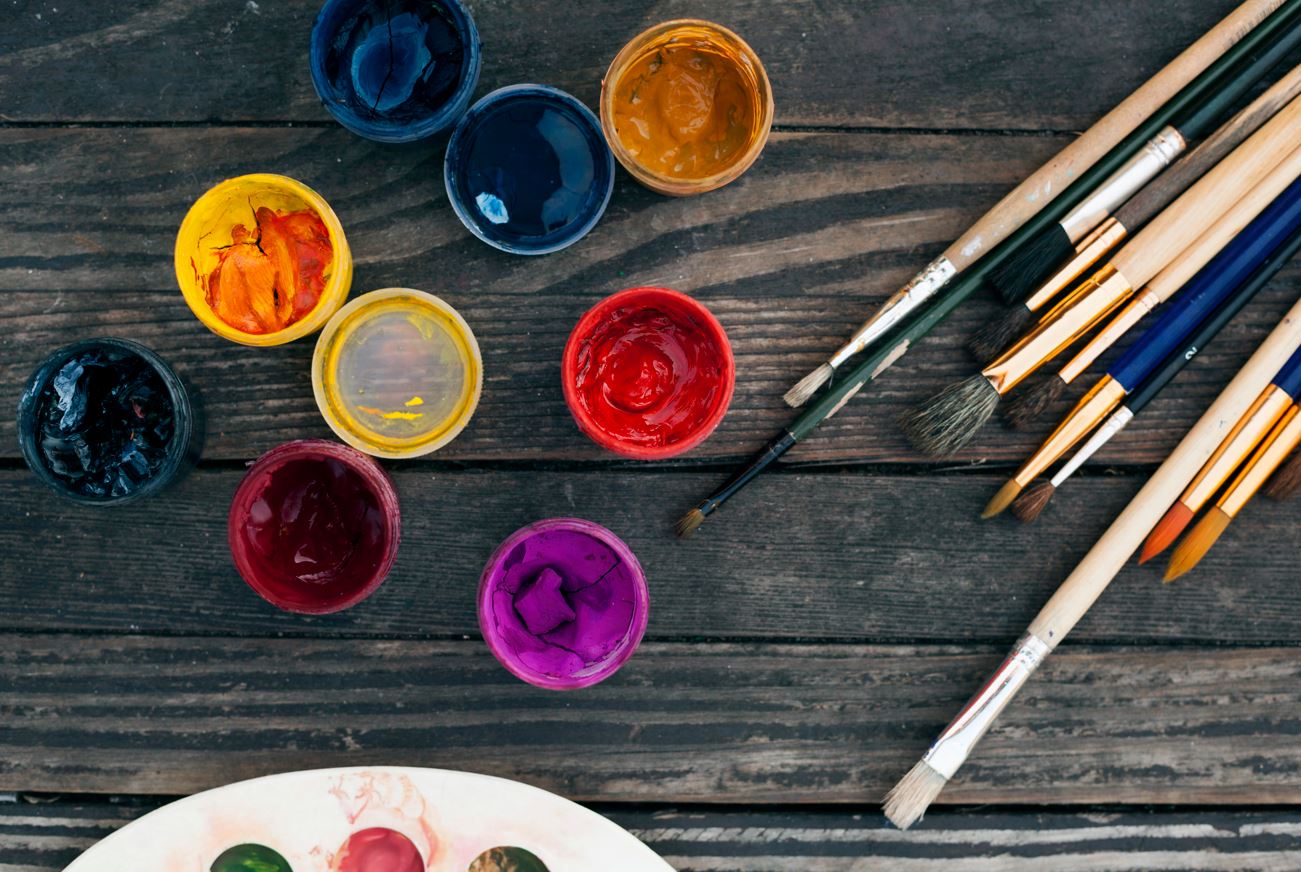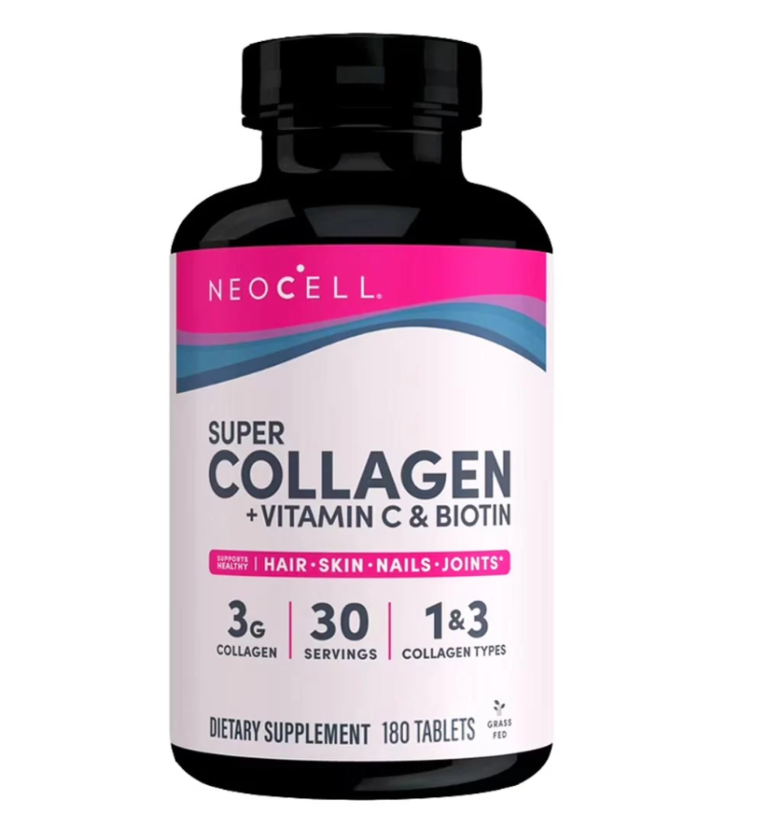When it comes to creating a beautiful and engaging habitat for your reptile, many owners consider adding a splash of color with paints. Whether you’re designing a custom enclosure or decorating accessories, choosing the right paint is crucial for the health and safety of your scaly friend. Acrylic paint is often favored for its versatility and ease of use, but is acrylic paint safe for reptiles? This question is essential to ensure that your reptile’s environment is both visually appealing and safe.
What is Acrylic Paint?
Acrylic paint is a popular medium known for its quick-drying properties and wide range of vibrant colors. Made primarily from pigment suspended in an acrylic polymer emulsion, this type of paint is water-based, which makes it easy to clean up with just soap and water. Its popularity extends from home crafters to professional artists due to its durability and flexibility, adhering well to various surfaces, including wood, plastic, and metal.
Why Consider Paint for Reptile Enclosures?
Decorating a reptile enclosure isn’t just about aesthetics. The right environment can have a significant impact on your reptile’s well-being. Naturalistic setups can provide mental stimulation and encourage natural behaviors like climbing or basking. Painting certain elements within the enclosure allows you to create a more realistic and engaging habitat, which can help reduce stress and promote a healthier life for your pet.
Is Acrylic Paint Safe for Reptiles?
The safety of acrylic paint for reptiles is a topic of debate among pet owners and experts alike. While acrylic paint is generally considered non-toxic for humans and pets, reptiles have unique sensitivities that need to be taken into account. Ingestion, inhalation of fumes, and direct skin contact are potential risks that must be carefully managed.
Non-Toxicity Claims: What Do They Really Mean?
Many acrylic paints are labeled as “non-toxic,” but what does this mean in the context of reptile safety? Non-toxic generally indicates that the product does not contain harmful chemicals that could cause immediate harm to humans or animals when used as directed. However, reptiles are more sensitive to chemicals than mammals, and what’s safe for a dog or cat may not necessarily be safe for a reptile.
Understanding the Ingredients in Acrylic Paint
To evaluate the safety of acrylic paint for reptiles, it’s essential to understand its ingredients. Acrylic paints typically consist of:
- Pigments: These provide the color and can be natural or synthetic.
- Binders: Acrylic polymers that form a film when the paint dries.
- Solvents: Water is the primary solvent in acrylic paint, which evaporates as the paint dries.
- Additives: These can include various chemicals that enhance the paint’s properties, such as flow or drying time.
Some pigments and additives in acrylic paints might be harmful if ingested or inhaled, especially by small, sensitive animals like reptiles.
Common Concerns with Using Acrylic Paint Around Reptiles
Fume Inhalation
Although acrylic paint is water-based and has lower VOCs (volatile organic compounds) compared to oil-based paints, it still emits fumes during application and drying. Reptiles, particularly those with sensitive respiratory systems, may react negatively to these fumes, which could cause respiratory distress or other health issues.
Ingestion Risks
Reptiles are curious creatures and may lick or bite painted surfaces in their enclosure. If the paint is not fully cured, or if it begins to chip or peel, there’s a risk that your reptile could ingest small amounts. Even non-toxic paints could pose a problem if consumed in significant quantities, potentially leading to digestive issues or poisoning.
Skin Contact and Absorption
Direct contact with wet paint can also be problematic for reptiles. Acrylic paint can adhere to their scales, and while it may not be immediately harmful, prolonged exposure could lead to skin irritation. Using reptile safe paint is crucial because reptiles absorb chemicals through their skin more readily than mammals, which means even low levels of toxic substances could pose a risk over time.
How to Safely Use Acrylic Paint in Reptile Enclosures
If you decide to use acrylic paint in your reptile’s enclosure, there are several precautions you can take to minimize risks and ensure your pet’s safety.
Choose the Right Paint
Opt for high-quality, non-toxic acrylic paints that are specifically labeled as safe for use around pets. Avoid paints with added chemicals like antifungals or mildewcides, which can be harmful to reptiles.
Ensure Proper Ventilation
Always paint in a well-ventilated area, away from your reptile. Ensure that the painted items are allowed to fully cure before being placed in the enclosure. This might take anywhere from a few days to a week, depending on the thickness of the paint and the environmental conditions.
Seal the Paint
Once the acrylic paint is dry and fully cured, consider applying a non-toxic sealant to create a protective barrier. This can help prevent the paint from chipping or flaking, reducing the risk of ingestion. Ensure that the sealant itself is safe for reptiles and has no harmful fumes.
Monitor Your Reptile’s Behavior
After introducing any painted items into the enclosure, keep a close eye on your reptile’s behavior. Watch for signs of respiratory distress, skin irritation, or unusual behavior that could indicate discomfort or illness. If you notice anything concerning, remove the painted items immediately and consult with a veterinarian.
Alternatives to Acrylic Paint
If you’re concerned about the potential risks of using acrylic paint, there are alternatives to consider.
Natural Mineral Paints
Natural mineral paints are made from earth-based pigments and are free from synthetic chemicals. They can be a safer option for reptile enclosures, though they may have a more limited color range.
Reptile-Safe Dyes
Some companies produce reptile-safe dyes and coloring agents specifically designed for use in habitats. These products are typically formulated to be non-toxic and safe for direct contact with reptiles.
Leaving Surfaces Unpainted
In some cases, it may be best to leave certain surfaces unpainted. Natural wood, stone, and other untreated materials can create an attractive and safe environment without the need for added color.
Conclusion
When it comes to protecting your reptile, the safety of every element within their enclosure is paramount. While acrylic paint can be used safely in reptile habitats with the right precautions, it’s essential to understand the potential risks and take steps to minimize them. By choosing non-toxic, high-quality paints, ensuring proper ventilation, and carefully monitoring your pet, you can create a beautiful, safe, and engaging environment for your reptile to thrive in. Always consider alternatives and consult with a veterinarian if you have any concerns about the materials used in your reptile’s enclosure.








